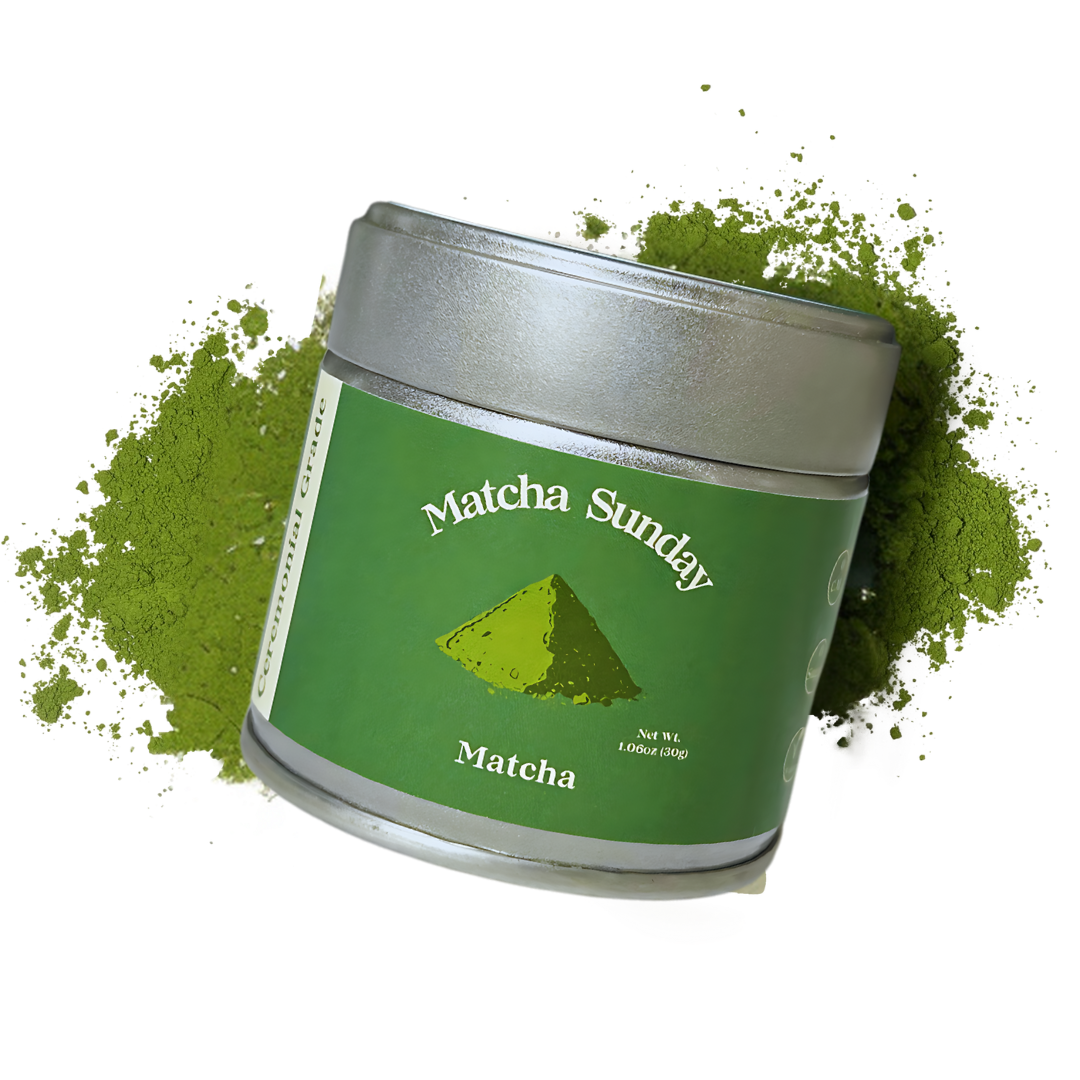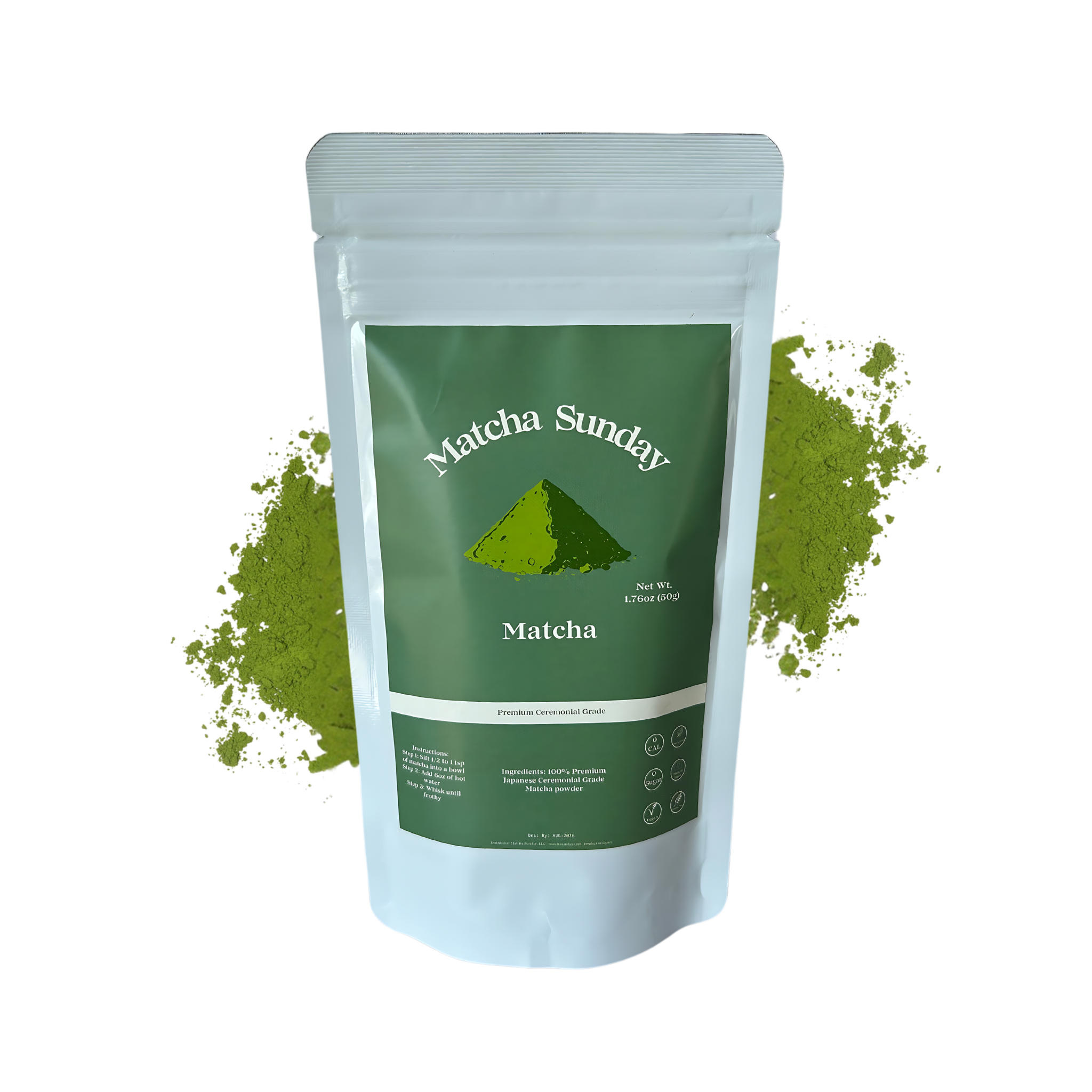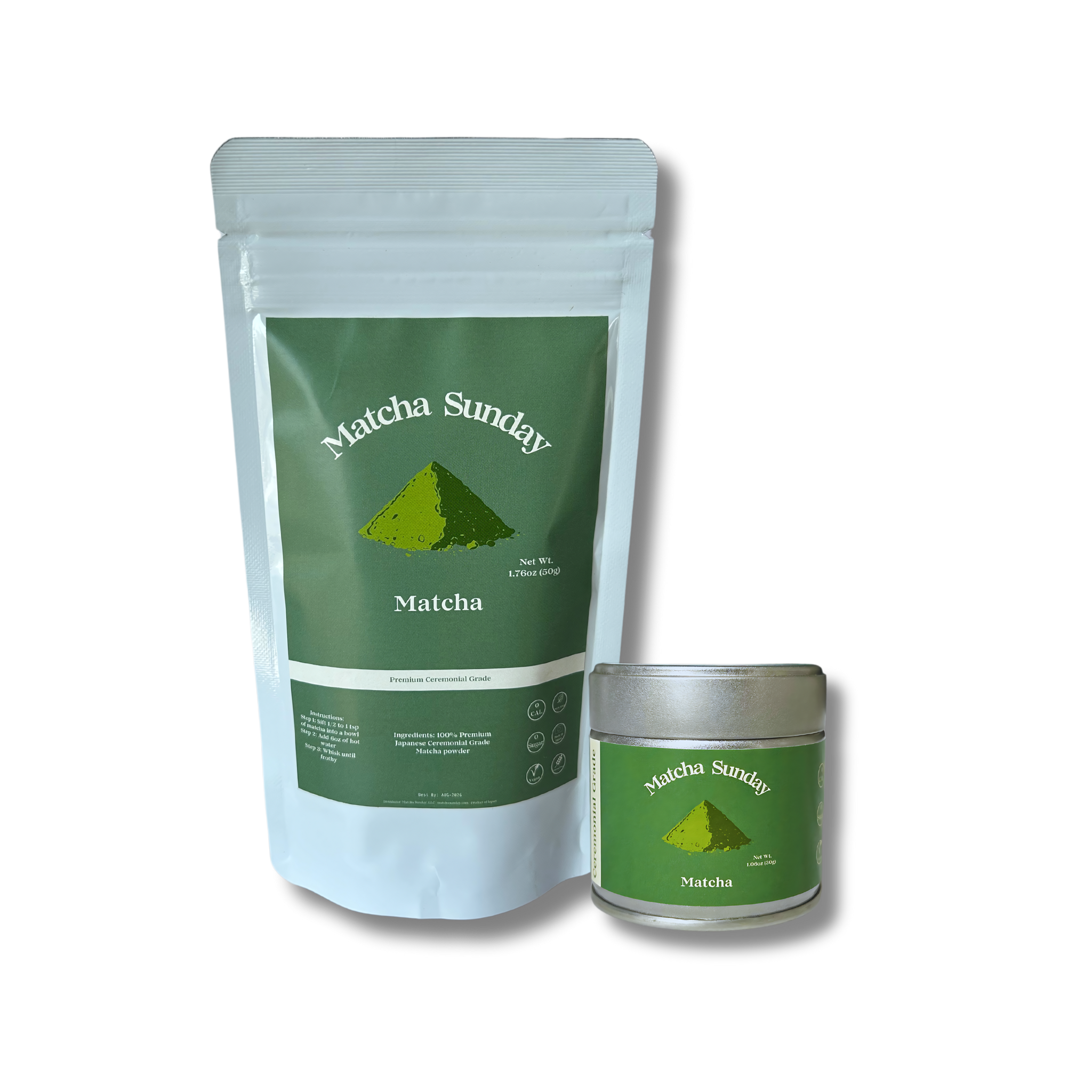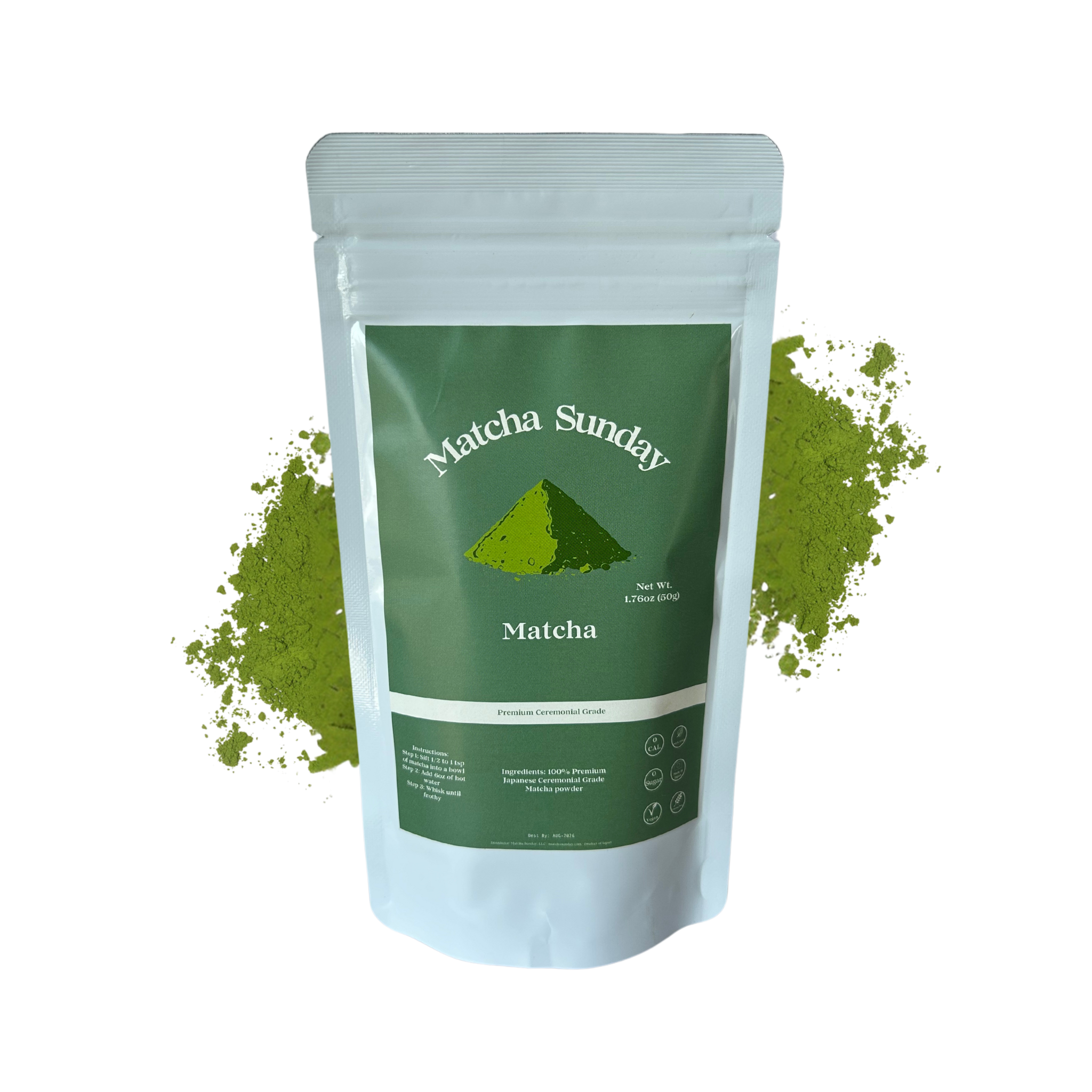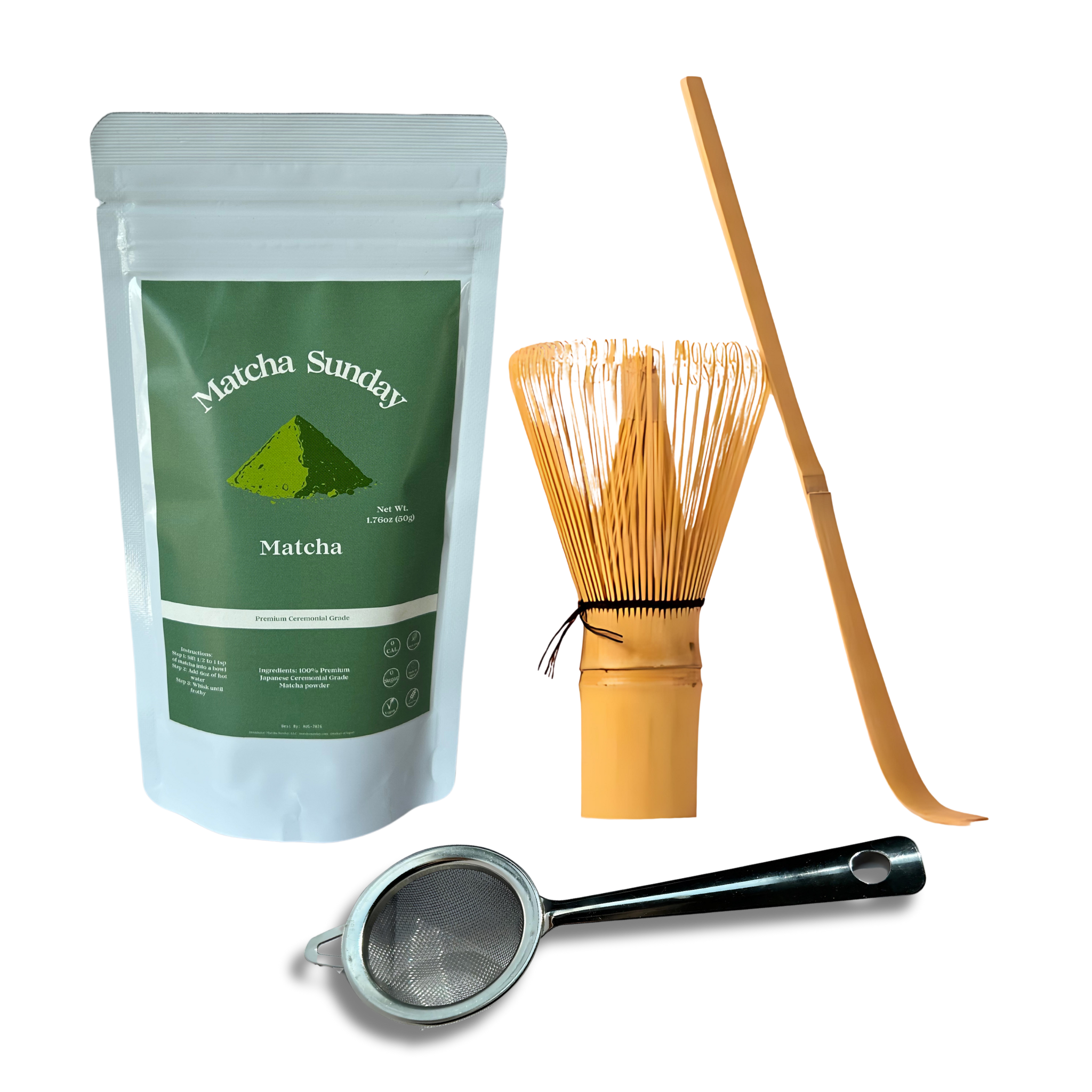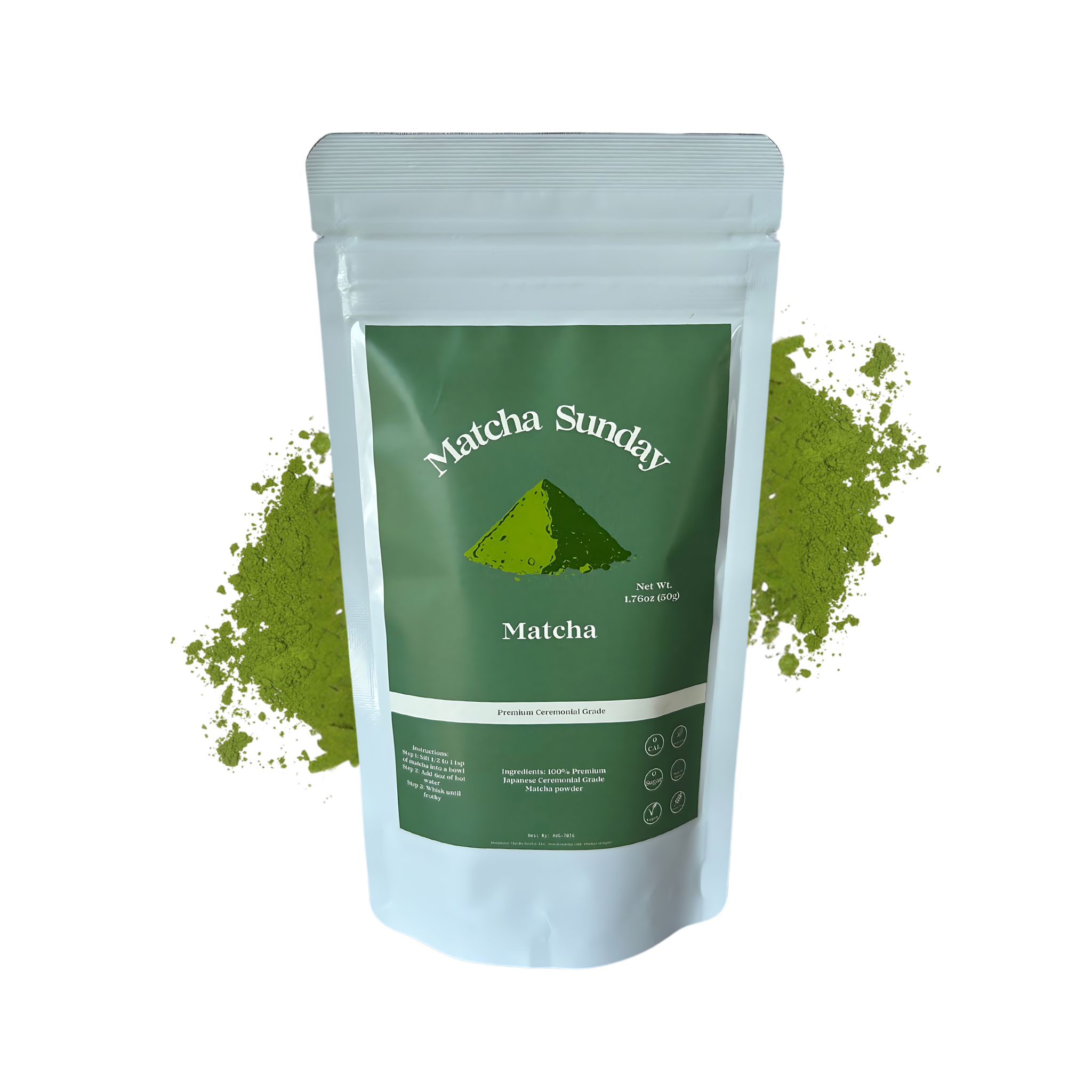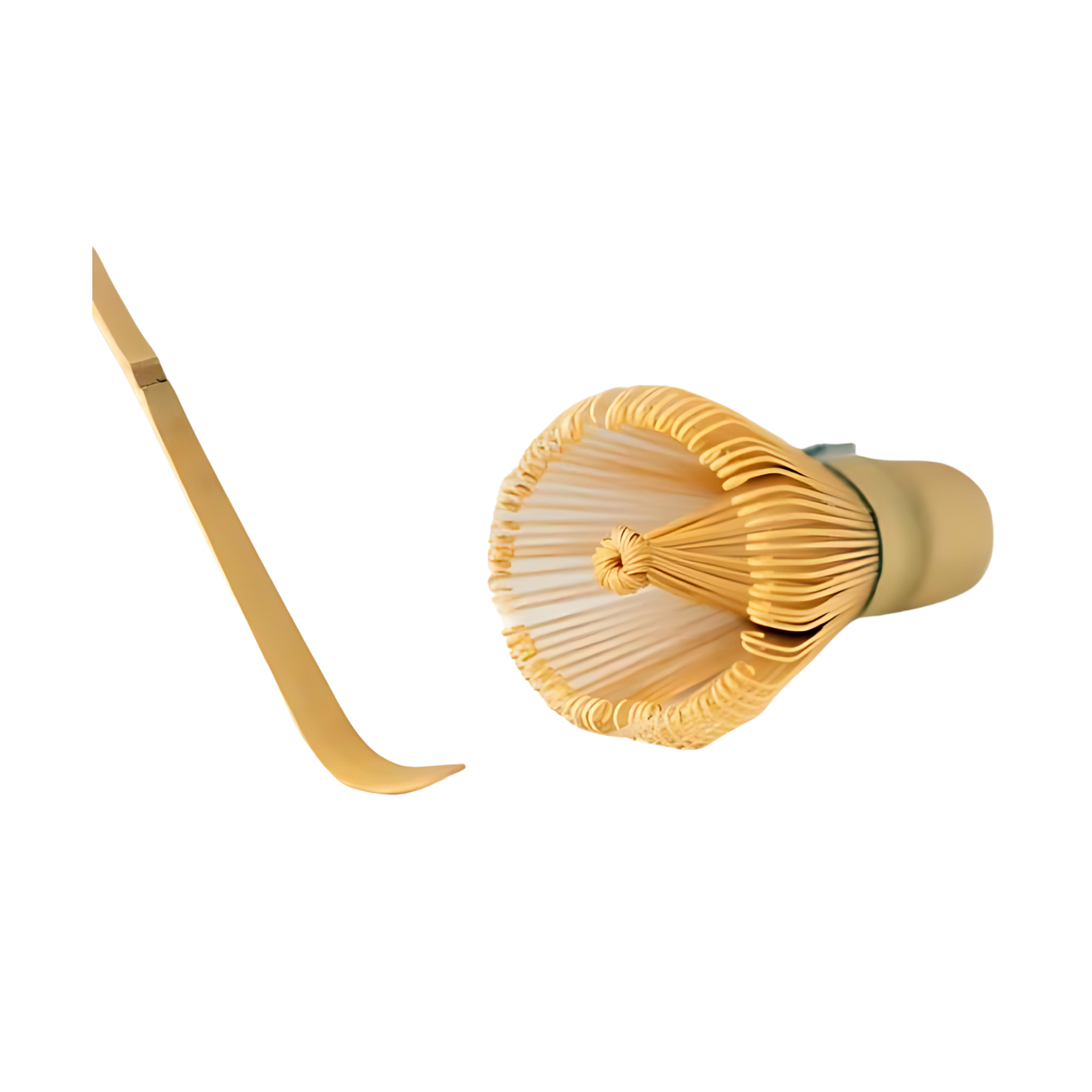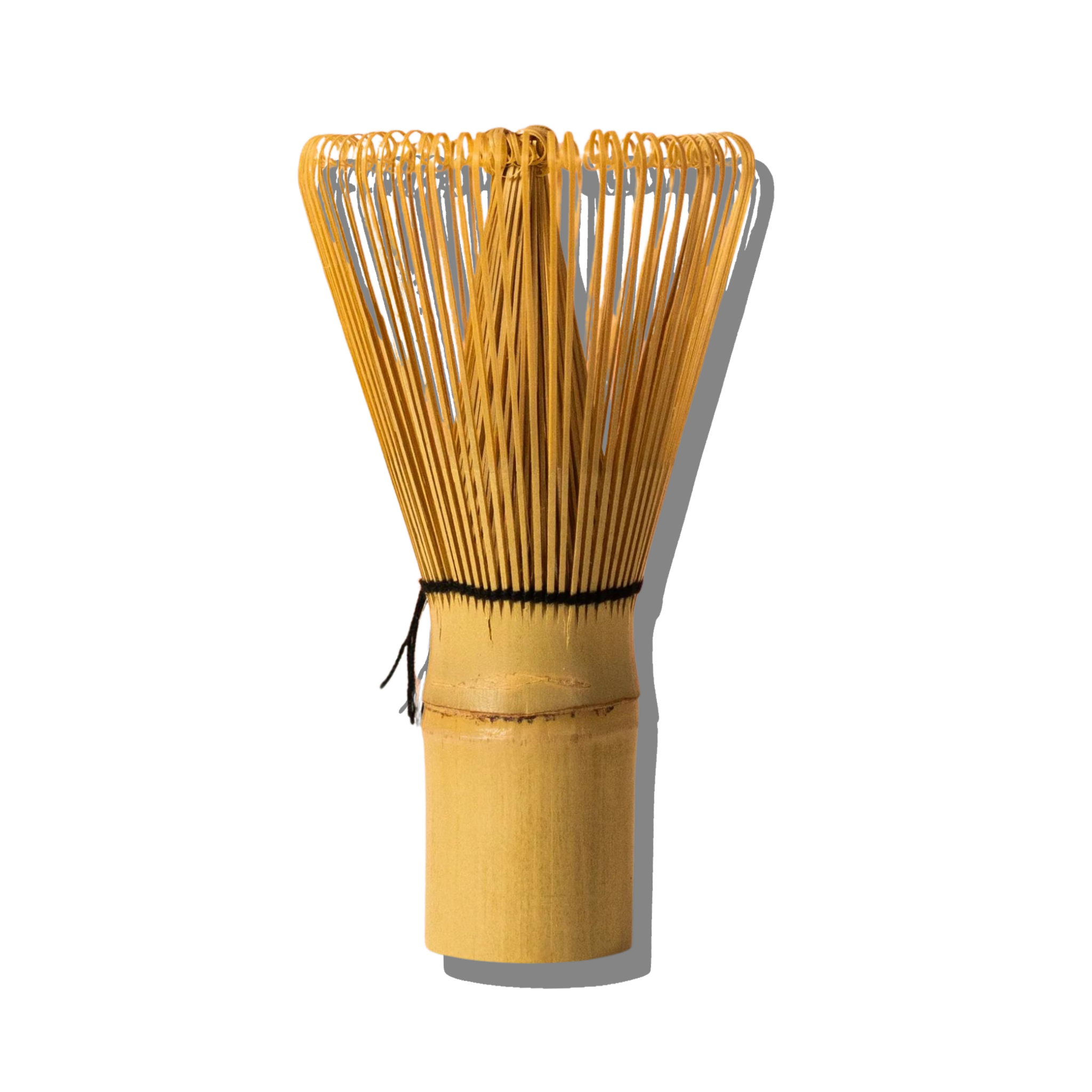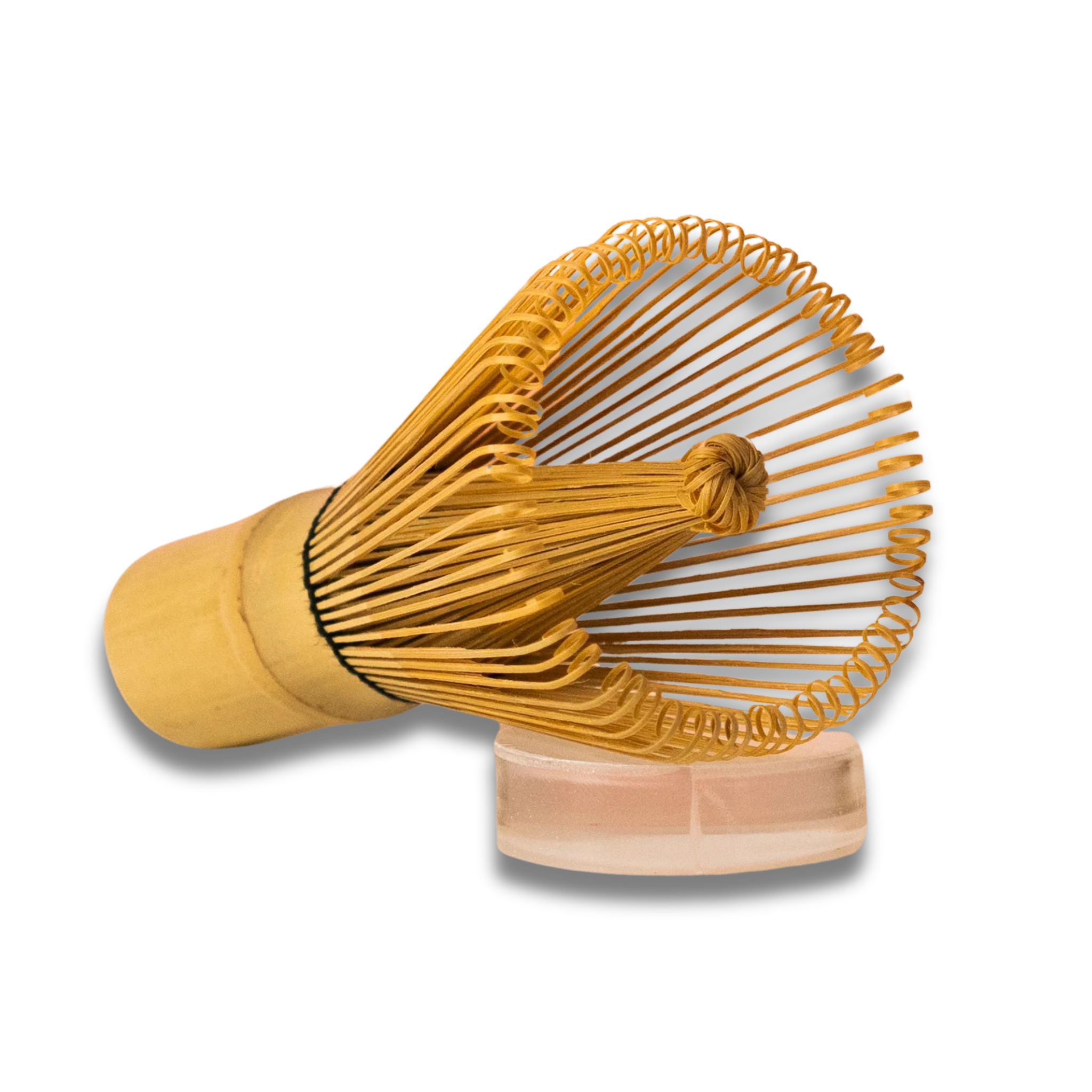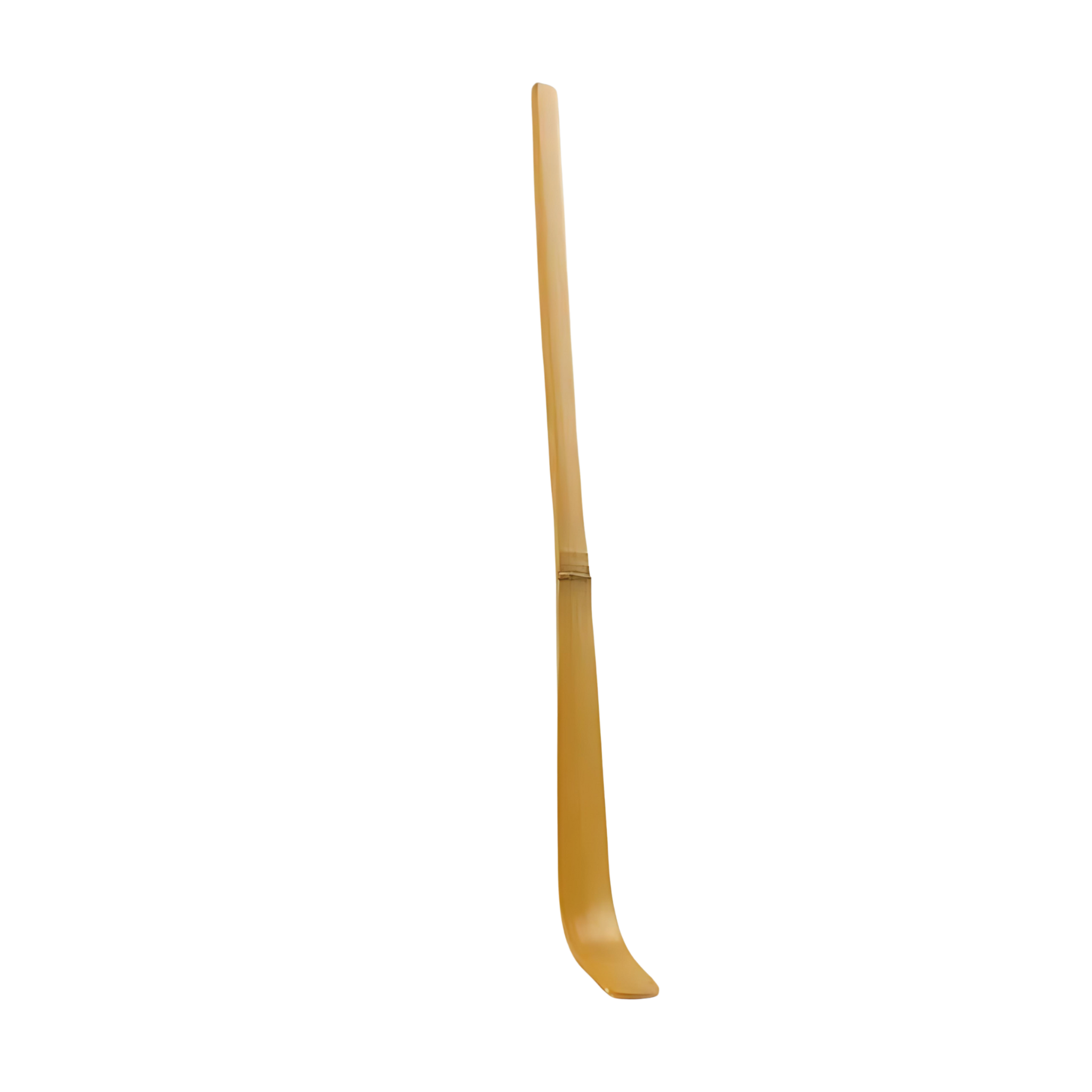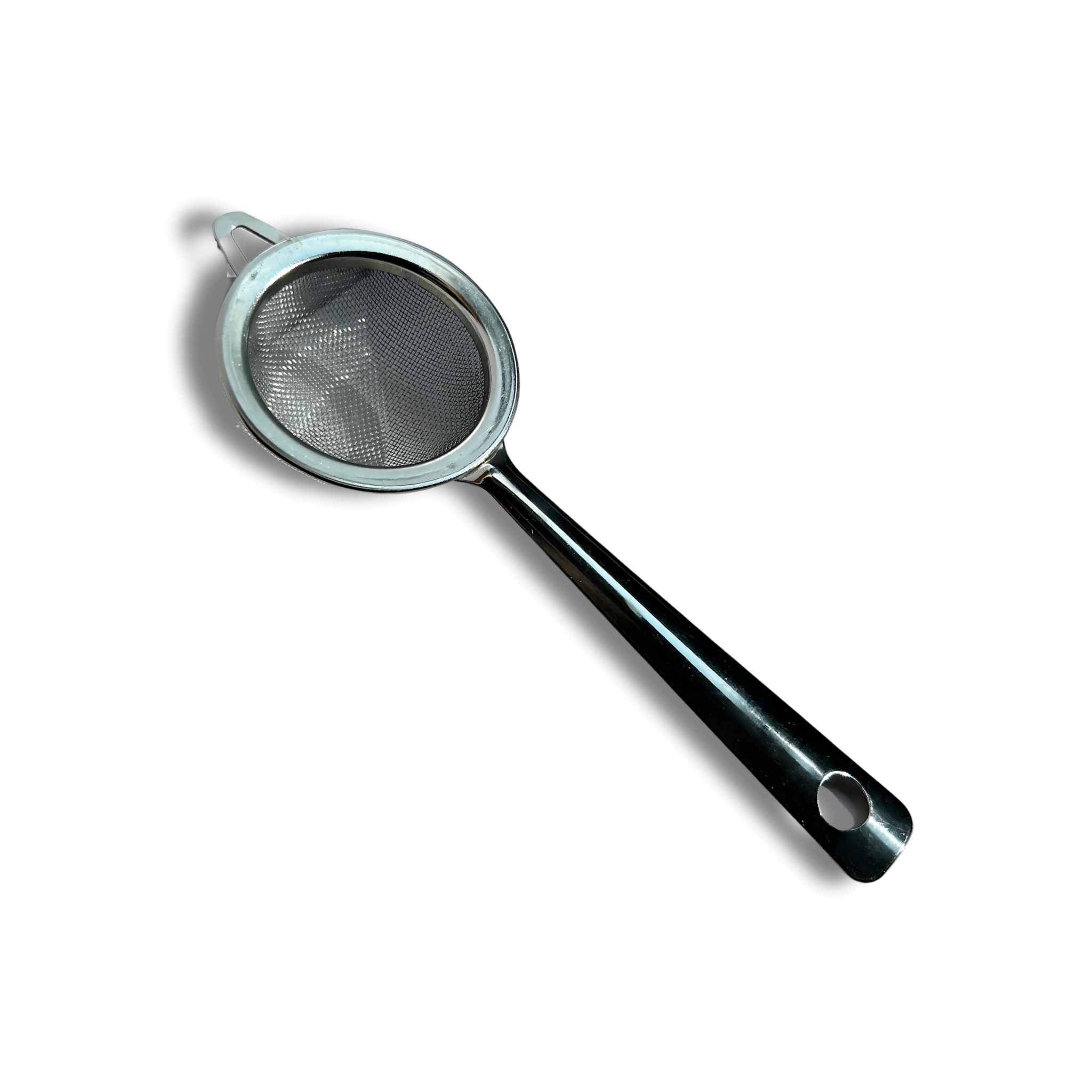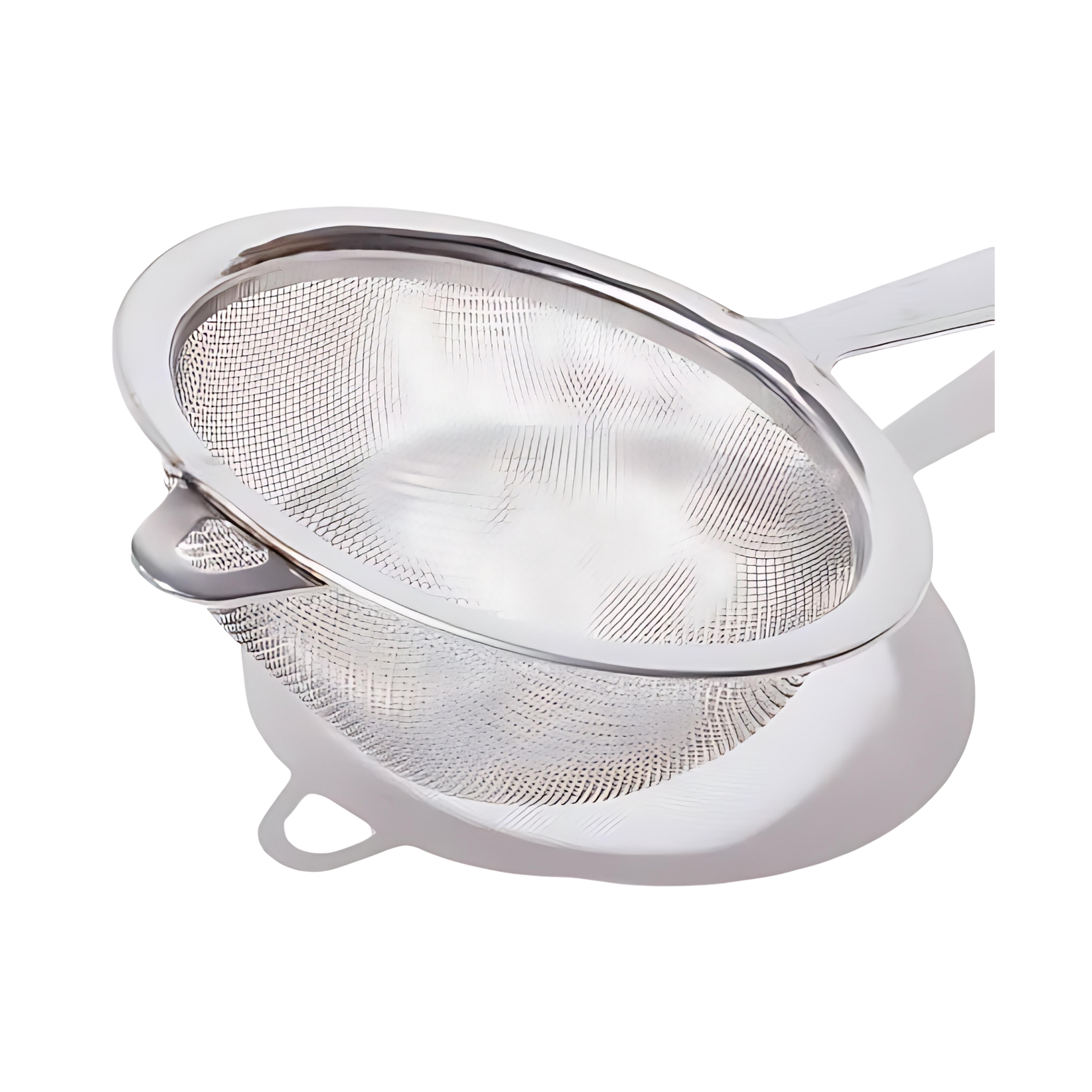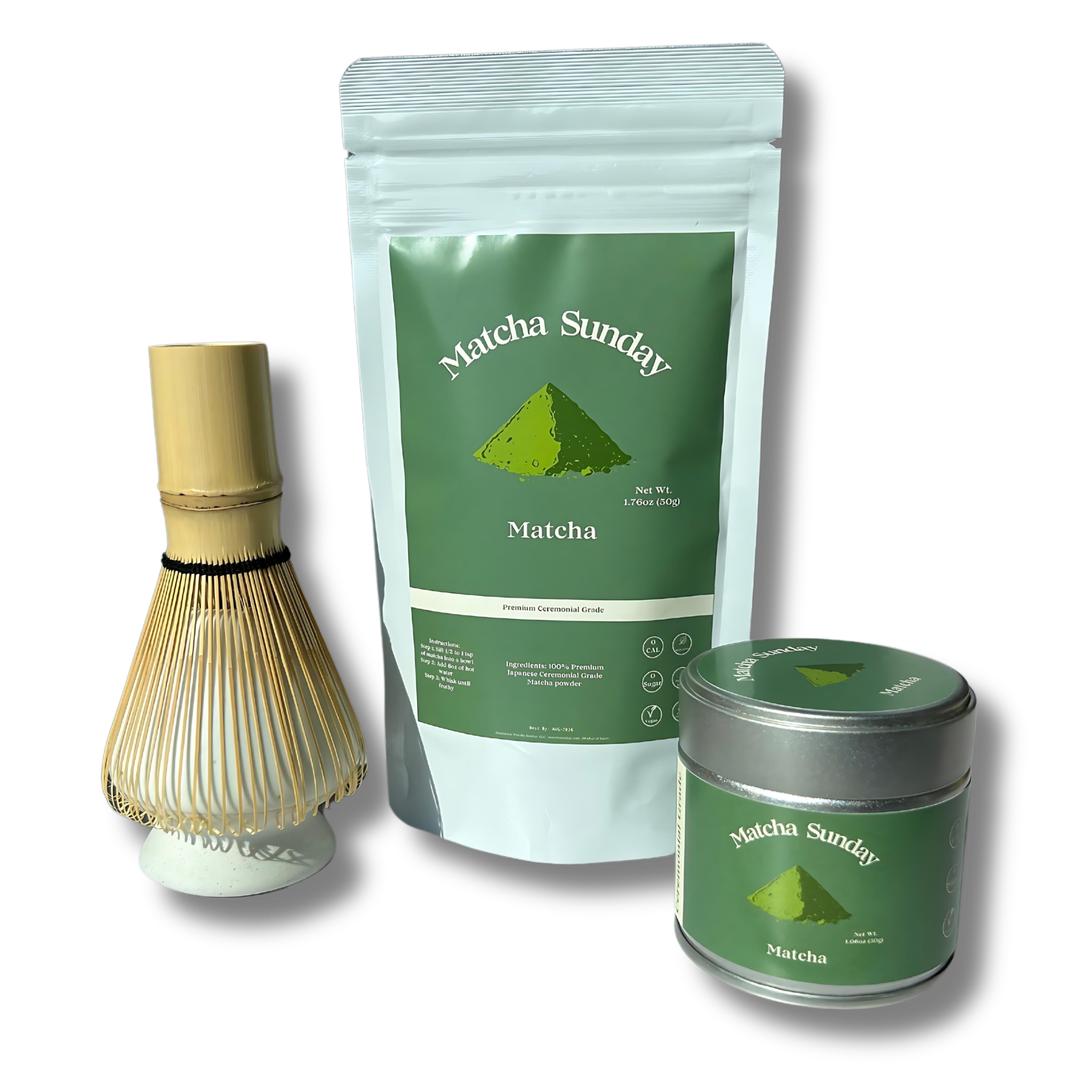Mastering the Art of Whisking Matcha: Tips and Techniques for a Perfect Brew
Matcha, a finely ground powder of specially grown and processed green tea leaves, has taken the world by storm. From its rich, umami flavor to its numerous health benefits, matcha has become a staple in many households. However, to truly appreciate this ancient beverage, one must master the art of whisking it. This guide will walk you through the process of whisking matcha to perfection, ensuring you get the most out of your matcha experience.
Why Whisk Matcha?
The act of whisking matcha is not just about mixing powder and water. It's about creating a frothy, aromatic beverage that brings out the full potential of the tea. Using a traditional bamboo whisk, or chasen, is essential for achieving the right texture and flavor. Here’s why:
- Mixing: The whisk helps blend matcha powder, water, and air into a cohesive frothy drink, releasing the tea's aromas and essences.
- Oxygenation: Whisking introduces air into the mixture, similar to how wine is aerated to enhance its flavors.
- Experience: Using a chasen connects you to centuries of Japanese tea culture, providing a sense of tradition and mindfulness.
What You'll Need
Before you begin, gather the following items:
- Matcha Powder: Matcha Sunday Ceremonial Grade Matcha Powder.
- Chasen (Bamboo Whisk): Essential for the proper whisking technique.
- Chawan (Tea Bowl): A wide, shallow bowl that allows for vigorous whisking.
- Sifter: To ensure a smooth, lump-free matcha.
- Chashaku (Bamboo Scoop): For measuring the matcha powder.
- Hot Water: Ideally between 175°F and 185°F (80°C to 85°C).
Step-by-Step Guide to Whisking Matcha
1. Preparing the Matcha
Start by sifting 1-2 teaspoons of matcha powder into your chawan. Sifting helps break up clumps and ensures a smooth, even mixture.
2. Adding Water
Add a small amount of cold water (about a teaspoon) to the matcha powder. Using the chasen, mix slowly until you form a smooth paste. This step is crucial for preventing lumps.
3. Whisking the Matcha
Now, add hot water to the paste. Use about 2-3 ounces (60-90 ml) of hot water. Hold the chawan steady with one hand and whisk vigorously with the other. Use your wrist, not your elbow, to whisk. Move the chasen in a rapid W or zigzag motion rather than a circular one. This motion incorporates air into the mixture, creating a frothy layer on top.
Whisk firmly and quickly for about 20-30 seconds. Your hand may tire, but the effort is worth it. Aim for a foam with tiny bubbles, indicating a well-whisked matcha.
4. Finishing Touches
Once you’ve achieved a good froth, slow down and gently lift the whisk from the center of the bowl. This will create a nice peak in the foam. If you prefer more foam, you can whisk for a few more seconds.
Tips for Perfect Whisking
- Firm Whisking: Don’t be afraid to whisk vigorously. The faster you whisk, the better the foam.
- Avoid Circular Motion: Stick to the W or zigzag pattern to properly aerate the matcha.
- Keep the Chasen Light: Don’t press the whisk hard against the bottom of the bowl. Let it glide across the surface of the water.
Taking Care of Your Chasen
Your chasen is a delicate and important tool. Proper care will ensure it lasts for many years.
- Pre-Use Preparation: Soak the chasen in warm water before each use to make the tines more flexible and less likely to break.
- Cleaning: Rinse the chasen with warm water immediately after use. Avoid using soap, as it can damage the bamboo. Whisk it in a bowl of warm water to remove any remaining matcha.
- Drying: Let the chasen air dry on a whisk holder, if possible. Avoid storing it in a plastic container, as trapped moisture can cause mold.
- Storage: Store the chasen in a well-ventilated area, preferably on a whisk holder to maintain its shape.
Why Use a Bamboo Whisk?
Bamboo whisks are specifically designed for matcha preparation. Here’s why they are superior to other types of whisks:
- No Metal Taste: Bamboo doesn’t impart any metallic taste to the matcha, preserving its delicate flavor.
- Flexibility: Bamboo tines are flexible, preventing damage to the chawan.
- Tradition: Using a bamboo whisk connects you to the centuries-old tradition of the Japanese tea ceremony.
Common Mistakes and How to Avoid Them
Even seasoned matcha drinkers can make mistakes. Here are some common errors and how to avoid them:
- Using Boiling Water: Matcha is best prepared with hot, not boiling water. Boiling water can burn the matcha, resulting in a bitter taste.
- Skipping the Sifting: Sifting the matcha powder is crucial for a smooth, lump-free beverage.
- Improper Whisking Technique: Using a circular motion or whisking too gently will not create the desired frothy texture.
Enhancing Your Matcha Experience
Once you’ve mastered the basic whisking technique, you can experiment with different matcha preparations:
- Matcha Latte: Prepare matcha as usual, then add steamed milk for a creamy, frothy latte.
- Iced Matcha: Whisk matcha with cold water and pour over ice for a refreshing drink.
- Matcha Smoothie: Blend matcha with your favorite fruits and a splash of milk or water for a healthy smoothie.
The Ritual of Matcha
Whisking matcha is more than just a preparation method; it’s a ritual that promotes mindfulness and appreciation of the moment. The process encourages you to slow down, focus on each step, and enjoy the sensory experience of making and drinking matcha.
Conclusion
Whisking matcha is an art that anyone can master with a little practice and patience. By following these tips and techniques, you’ll be able to create a delicious, frothy matcha that’s perfect every time. Embrace the tradition, enjoy the process, and savor the unique flavors of this ancient beverage.
Visit our website: Matcha Sunday.



